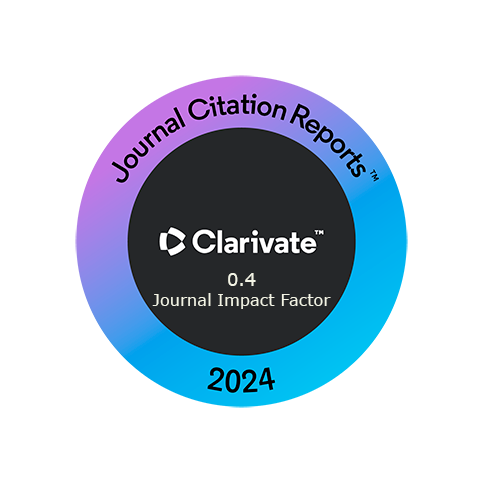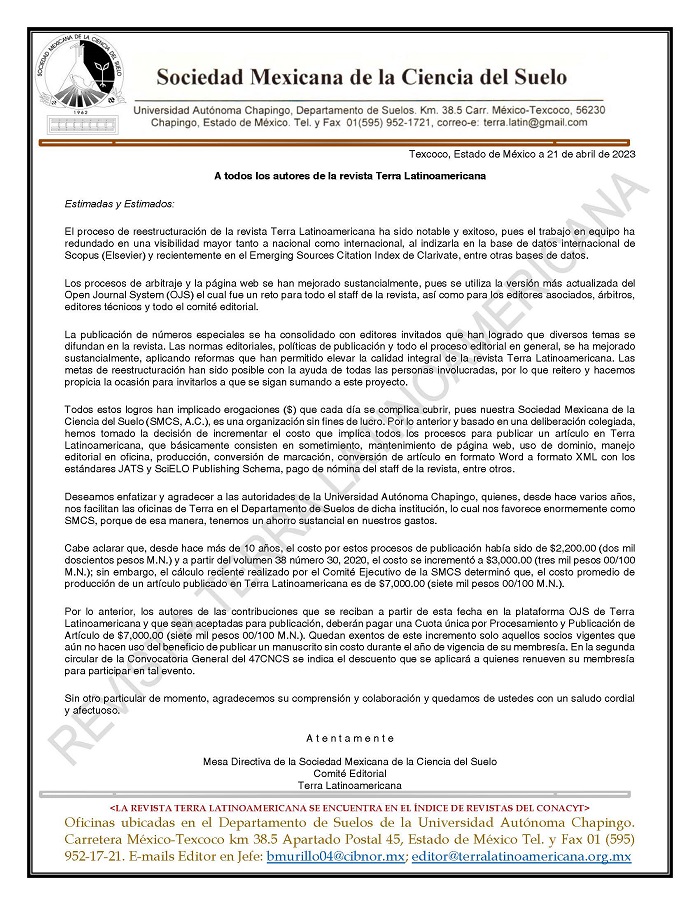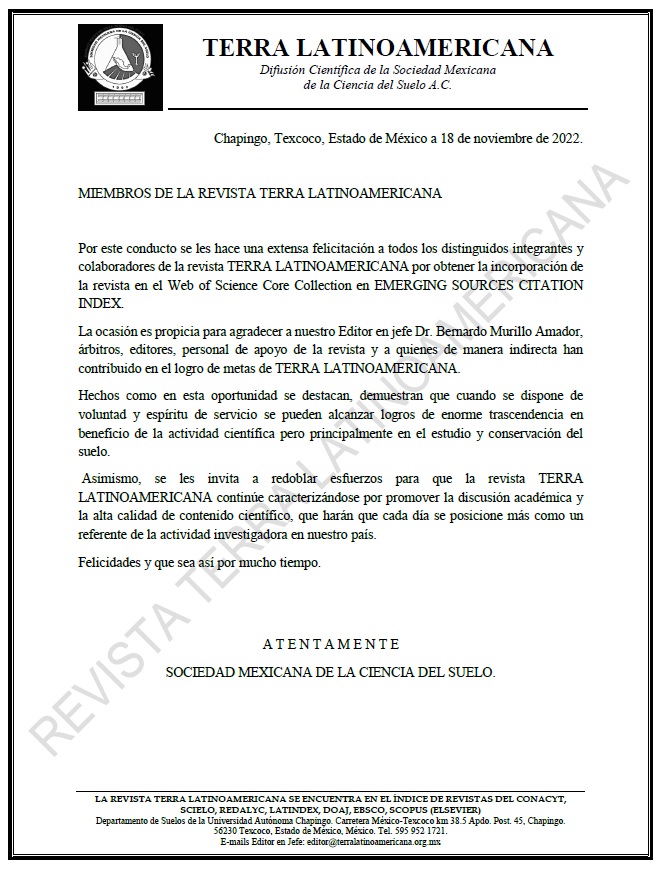Digital soil classification trough environmental covariables of the Mixteco river watershed.
DOI:
https://doi.org/10.28940/terra.v35i4.264Keywords:
digital soil mapping, covariance analysis, soil units, Kappa Index, Mixteca regionAbstract
The lack of detailed maps of spatial distribution of soil units is a frequent constraint in decision-making processes, hydrological modeling, and productive assessment of an area. In this work, the Digital Soil Mapping (DSM) technique was applied, and Principal Component Analysis (PCA) was used to obtain the spatial distribution of dominant soil units in a watershed. The study area was the Mixteco watershed, which covers an area of 655 903 ha, of the Mexican state of Oaxaca. For DSM, topographic, hydrological, climatic and geological environmental covariables were used. The environmental covariables with greater impact on the spatial distribution of soil units, in order of importance, were geological, topographic and climatic. Digital classification was based on 142 randomly distributed training areas and 60 sites for validation of results. In the watershed, according to the FAO (2014) WRB Classif ication System, the following soil groups were identified satisfactorily (76.67% for overall accuracy and 71.20% for the kappa index): Cambisols (35.8%), Fluvisols (7.16%), Leptosols (48.25%), Regosols (8.00%) and Vertisols 0.79%). DSM satisfactorily determined the spatial distribution of soil units in the watershed and identified the most influential environmental covariables.Downloads
Publication Facts
Reviewer profiles N/A
Author statements
- Academic society
- Terra Latinoamericana
- Publisher
- Mexican Society of Soil Science, C.A.

















